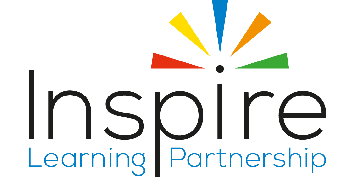The Institute for Learning has been looking at how teachers have been getting on with the requirements of the new study programmes. Shane Chowen presents the findings.
This week, many students will return to study their final term of the first full year of 16 to 19 study programmes, which were introduced in September 2013 to ensure that all 16 to 19-year-olds in full or part-time education would follow a study programme tailored to their individual needs, and to their education and employment goals.
Over the past few months, the Institute for Learning (IfL) has engaged with teachers and trainers across the country to find out how new approaches to planning and delivery are supporting the delivery of study programmes, as part of a project funded by the Department for Education (DfE).
While it is too early to say for sure what really works and what does not, our initial findings are showing some common themes and challenges.
Teachers and trainers recognise that collaborative working across curriculum teams is key to successful planning and delivery of study programmes. In particular, practitioners are keen to do more to develop joint schemes of work, aligning as far as possible learning objectives between the curriculum for subject qualifications and the English and maths curricula.
On paper this sounds relatively straightforward, but we have discovered that on the ground this is much more difficult to implement in practice.
For a start, some subjects naturally lend themselves to certain elements of the English and maths curricula. But being able to successfully embed English and maths into your lessons requires a level of confidence and creative skill, and some teachers feel that they have not been given the support and development they need.
We found examples where institutional barriers, such as timetabling, meant that subject teachers found it too difficult even to meet English and maths specialists to discuss the progress of their learners and work creatively together to align learning objectives and session plans.
Where it was clear that managers were on top of the acute challenges brought about by the introduction of study programmes, teachers and trainers have been engaged in innovative approaches to planning and delivery, such as focused professional development on behaviour management; multiple and advanced initial assessment methods; and providing resource to offer one-to-one support for learners who need it.
The introduction of study programmes also provides greater opportunities for teachers and trainers to share ideas and methods; discuss the progress of individual learners; and discuss strategies for employer engagement in planning, delivery and assessment.
One particular example that stands out in my mind was a college that had timetabled ‘teacher talks’ every week, bringing practitioners from across curriculum areas to discuss specifically the impacts of introducing certain tasks, activities and pedagogical approaches.
The introduction of compulsory English and maths qualifications, and GCSEs in particular, is another of those things that sounds easy on paper. The reality for a teacher can be very different when face-to-face with learners who left school with the assumption they would never have to sit a maths exam again.
Where teachers and trainers do encounter disengagement with English and maths, they are finding creative ways of confronting learners’ fears with an approach that I unofficially call ‘stealth teaching’ or, as one IfL member put it, ‘Don’t call it maths’.
Teachers and trainers are skilfully working together to ‘make everything functional,’ using things such as business-like project work and multimedia campaigns to deliver authentic English and maths learning with very visible and practical uses.
IfL found significant differences among teachers and trainers relating to their responsibilities for employer engagement, ranging from organising ‘boot camp’ events providing learners with intensive interview experience; to organising open evenings to showcase students’ work; and actively visiting and managing relationships with local employers.
I believe that this exercise has again highlighted the importance of continuing professional development (CPD) and the value of teachers and trainers collaborating with their colleagues and with peers in other institutions, to share their learning of what works and to develop their practice, for the benefit of their learners.








Your thoughts